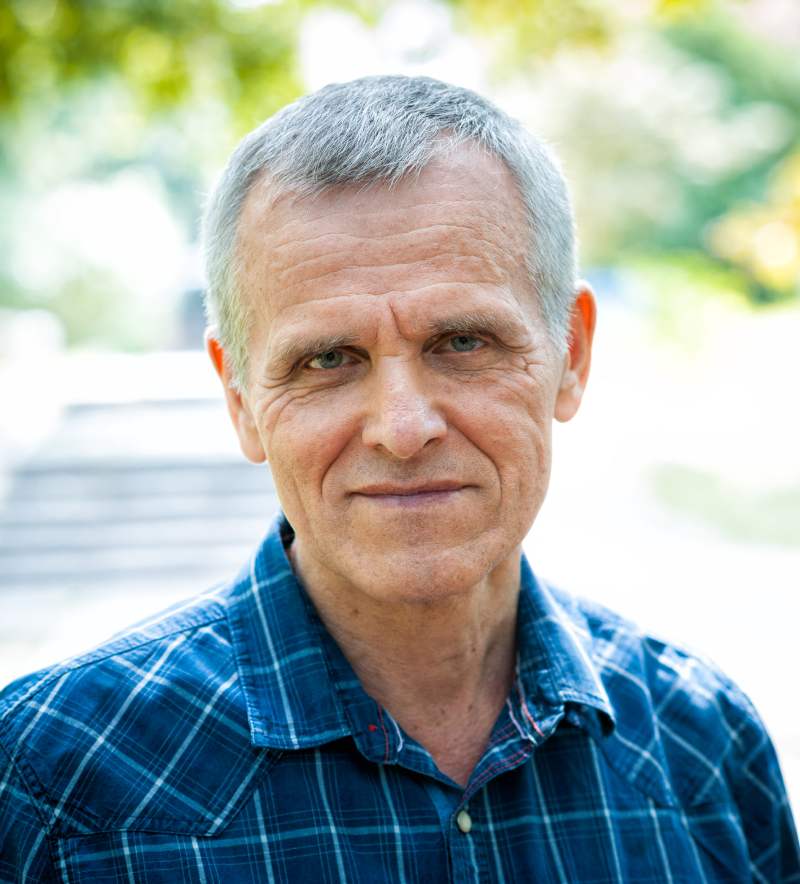Erzya is one of the largest Finno-Ugric peoples of the world, which does not have its own state. They are also known for being the first Finno-Ugric people enslaved by Moscow, who created their own system of national representative bodies.
Erzya is a Finno-Ugric group of people living in the basin of the Moksha and Sura rivers, as well as the Volga and Belaya. During the All-Russian population censuses, the Erzуans are often recorded under the exonym "Mordva", uniting them into one national group with the Mokshans, which complicates the counting of the Erzуans. The total population is about 500,000 people. Erzyan is a Finno-Ugric language of the Finno-Volga group, one of the three official (state) languages of the Republic of Mordovia, along with Mokshan and Russian. They practice Christianity (Orthodox and Lutheran), as well as the traditional national religion of Ineshkipazia.
The Erzyan national movement operates on the territory of the Russian Federation and in immigration. Its goal is the creation of an independent state of the Erzya people, Erzyan Mastor.
Erzya has experienced previous statehood — Erzyan Mastor led by its ruler Inyazor Purgaz. The existence of the Erzyan statehood is evidenced by the Lavrentiiv Chronicle of 1228, and the work of Julian of Hungary "Epistula de vita Tartarorum" on the history of the Mongol invasion of Volga Bulgaria and the life of neighboring peoples.
The history of the Erzya national movement, the goal of which is the self-determination of the people, can be conditionally divided into three stages: birth (from the end of the 19th century until the World War II), formation (1988 - 2018) and modernity (from 2020). All three stages were accompanied by the persecution of Erzya educators and persons of the national movement both in the Russian Empire and in the USSR and in the modern Russian Federation.
The origin of the national movement is connected with the emergence of a layer of the Erzya intelligentsia, which began to form in the Russian Empire at the end of the 19th and the beginning of the 20th century. Bright representatives of this period are the teacher and encyclopedist Makar Yevseviev, who created the first primer for Erzуans (1897); Erzya sculptor, representative of the Art Nouveau style, Stepan Erzya; linguist and teacher Anatoly Ryabov was executed by the NKVD (repressive and punitive body of the USSR) in 1938 together with his brother Volodymyr.
The formation of the Erzуa national movement took place at the end of the 1980s in the conditions of the weakening of the national policy of the USSR, an integral part of which was the unification of the Erzyans and Mokshans into a single Mordovian people. Opposition to this policy — the declaration of the Erzyans as a separate self-sufficient nation with its own language, culture and history is the ideological basis of the Erzya national movement. Its ideologues are representatives of the Erzya intelligentsia, who united in the editorial office of the children's magazine "Chilisema" (from Erz. "Sunrise"). The issue of the national and cultural revival of the Erzyans, their interaction with representatives of other Finno-Ugric peoples of the Soviet Union, the prospects of creating a full-fledged education system in their native language, the development of the Erzya press and book publishing were discussed within the editorial office. This center of the intelligentsia operated under the leadership of Maryz Kemal, an Erzya poetess, journalist and folklorist, who owns the thesis "kavto keĺt — kavto raśket" (from Erz. "Two languages - two peoples"), which defines Erzya and Moksha as two separate nations.
The modern period is associated with the formation of the system of national representative bodies of the Erzya people and the transfer of the powers of the chief elder from Kshumantsyan Pirguzh to the newly elected Syres Bolyaen. Erzya is one of the few stateless Finno-Ugric peoples that has its own system of national representative bodies. It consists of a congress of delegates from Erzya political parties and public associations — Promks, a council of elders — Atäń Äzem, a chief elder — Inäzor and a national court — Videkuro. At the same time, these bodies of national self-government are called Kirdijur.
The Russian authorities initially tried to take control of the key bodies of Kirdiyur through intimidation and persecution of activists, and when they failed, they created parallel "representative" bodies headed by the people employed by the government who were appointed by the authorities.
The Erzya national movement officially condemned the Russian government's war against Ukraine three times: once in 2014 and twice in 2022. In July 2022, Erzya activists secretly posted hundreds of anti-war leaflets in Saransk, after which a number of activists came under pressure from the FSB and the police, who suspected them of disloyalty to the federal government.

